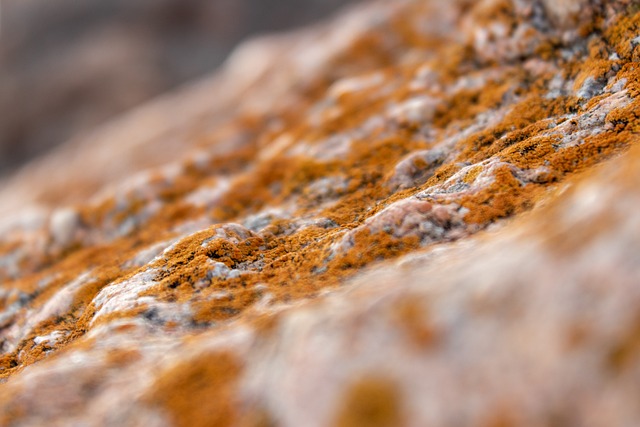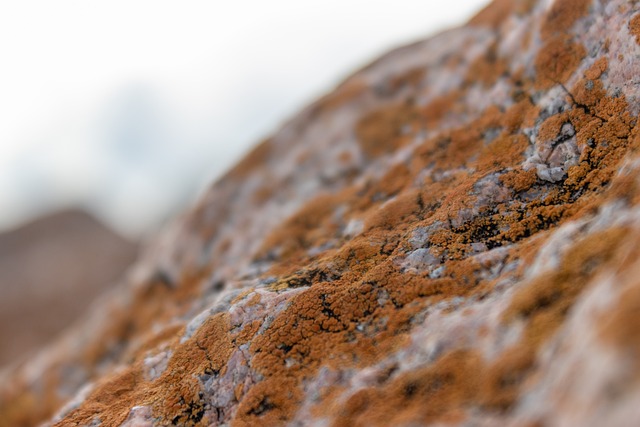The humid San Antonio climate creates ideal conditions for attic mold growth, causing structural damage and health risks. Regular inspections, proper ventilation, leak repairs, and insulation maintenance are crucial to prevent these issues. A thorough mold inspection using visual assessments, moisture meters, and air sampling helps identify and mitigate attic mold problems in the region's humid environment.
“In the humid climate of San Antonio, attic mold problems are prevalent, posing significant health risks. This article delves into a comprehensive analysis of property health, focusing on understanding attic mold and its common issues. We explore the unique challenges posed by San Antonio’s environment and offer insights into effective mold inspection and remediation strategies. By adopting a thorough approach, homeowners can ensure a healthier living space, mitigate potential dangers, and prevent costly repairs associated with attic mold.”
- Understanding Attic Mold: Common Issues in Humid Environments
- The San Antonio Climate and Its Impact on Property Health
- Comprehensive Approach to Mold Inspection and Remediation
Understanding Attic Mold: Common Issues in Humid Environments

The attic, often overlooked yet integral to a home’s overall health, can become a breeding ground for attic mold problems in the humid San Antonio climate. This is due to the combination of elevated humidity levels and limited air circulation, creating an ideal environment for mold growth. Common issues include extensive fungal colonization on insulation, wood structures, and ventilation materials, which can lead to structural damage over time. The presence of mold not only compromises indoor air quality but also indicates underlying moisture problems that need addressing.
Attic mold problems in humid San Antonio climates are exacerbated by inadequate ventilation systems, poorly sealed attics, or excess moisture from leaky roofs or high humidity outdoors. Homeowners should regularly inspect their attics for signs of mold growth and take proactive measures to prevent these issues. This includes enhancing attic ventilation, repairing leaks promptly, and maintaining proper insulation to regulate temperature and humidity levels, ensuring a healthier living environment.
The San Antonio Climate and Its Impact on Property Health

The humid climate in San Antonio presents unique challenges for property owners when it comes to maintaining a healthy living environment. With high levels of moisture in the air, this city experiences frequent rainfall and elevated humidity throughout much of the year. This atmospheric condition can create an ideal breeding ground for mold growth, particularly in areas of the home that are prone to isolation and lack proper ventilation—such as attics. Attic mold problems in humid San Antonio climate are a common concern for residents, as moisture intrusion can lead to significant health risks and structural damage over time.
The warm temperatures and year-round humidity make it easier for mold spores to proliferate. When excess moisture accumulates in the attic due to improper ventilation or leaks, it provides an excellent medium for mold development. Overlooked or untreated attic mold can lead to a range of issues, from respiratory problems for homeowners to costly repairs for structural elements. It’s crucial for San Antonio property owners to conduct regular inspections, especially during humid seasons, to identify and address any signs of mold growth early on, thereby mitigating potential health risks associated with attic mold problems in humid San Antonio climate.
Comprehensive Approach to Mold Inspection and Remediation

A thorough mold inspection is paramount for maintaining a healthy living environment, especially in cities like San Antonio with its humid climate, which can exacerbate attic mold problems. The process involves a comprehensive analysis that starts with a visual assessment to identify any visible signs of mold growth, such as discolored spots or musty odors. This initial step is crucial for determining the extent of the problem and guiding further investigation.
For more severe cases or where hidden mold may be present, advanced techniques like moisture meter readings and air sampling are employed. Moisture meters help pinpoint areas with elevated humidity levels, potential water leaks, or sources of condensation—all of which can contribute to attic mold problems in San Antonio’s humid environment. Air sampling takes a closer look by collecting airborne spores, allowing for a detailed analysis of the types and amounts of mold present. This data is essential for effective remediation strategies tailored to address specific attic mold issues.
The bustling San Antonio climate, characterized by high humidity, presents unique challenges for property health, particularly regarding attic mold growth. Understanding common issues associated with such environments is crucial for proactive homeowners. By combining thorough inspection techniques and effective remediation strategies, it’s possible to mitigate attic mold problems and ensure a healthier living space. A comprehensive approach, tailored to the region’s specific climate conditions, is key to maintaining a mold-free sanctuary in this vibrant city.
